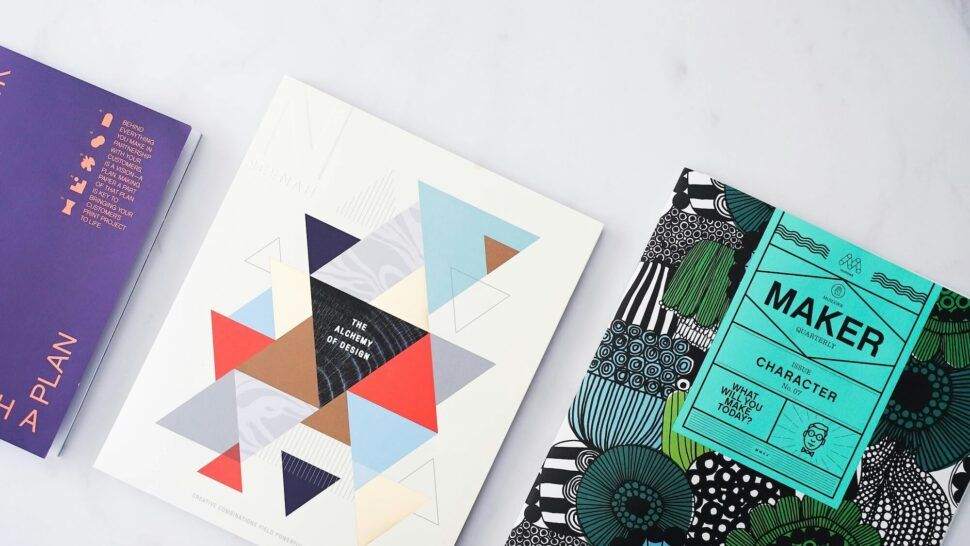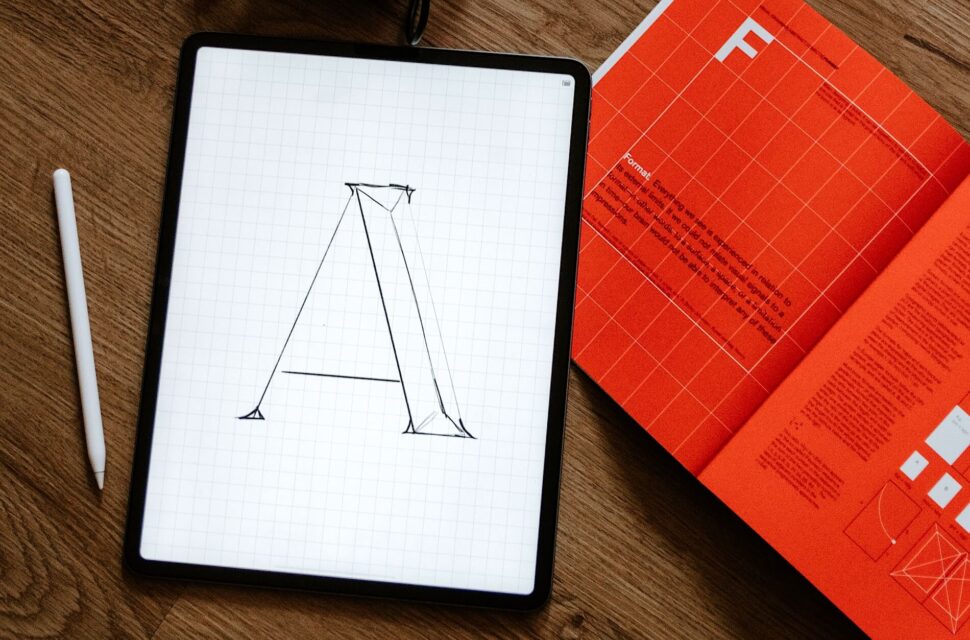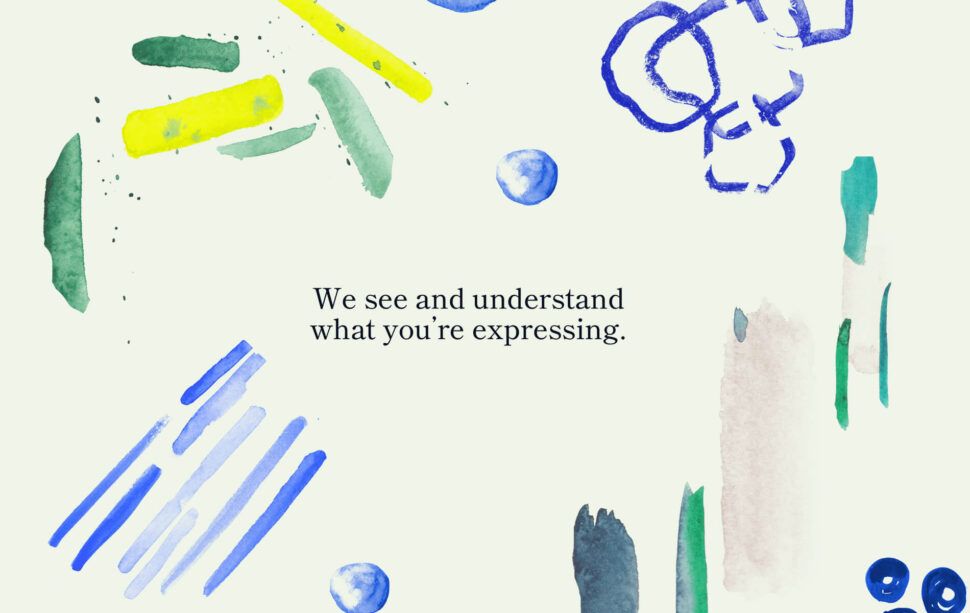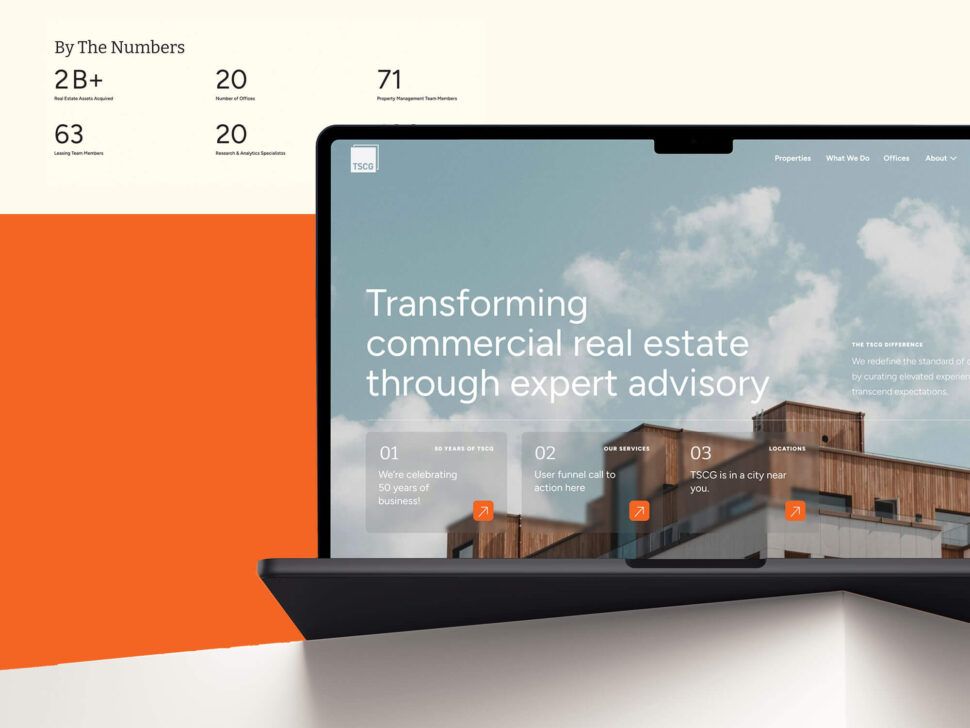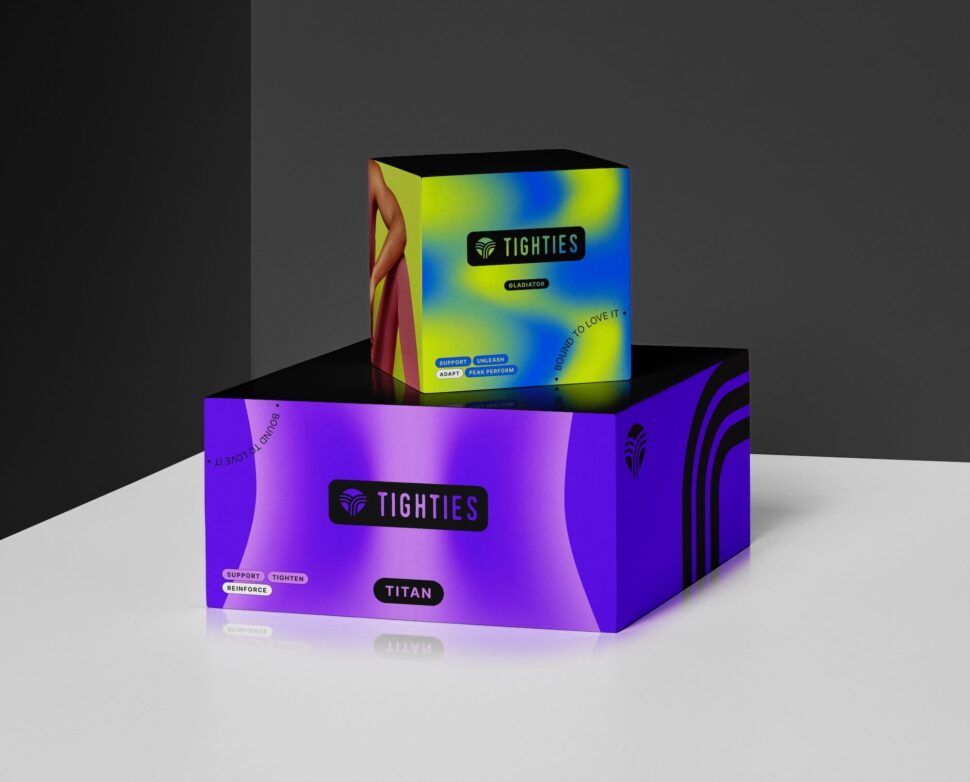May 22, 2025
The Graphic Design Process: A Step-by-Step Guide to Creative Excellence
- Visual Soldiers
- Design
- minute read

Graphic design is an essential aspect of effective communication for businesses across sectors. Mastering the process of graphic design enhances your skills and elevates the quality of your work. This step-by-step guide aims to unravel the intricate layers of the design process, providing you with the insights needed to achieve creative excellence. Whether you are a budding designer or a seasoned professional looking to refine your approach, understanding the various stages of graphic design will empower you to produce compelling visual content that resonates with your audience.
The Fundamentals of Graphic Design
The process of graphic design is a journey that transforms ideas into visual reality. To truly understand the fundamentals of graphic design, one must appreciate that it involves a series of structured steps aimed at creating compelling visuals that communicate a message effectively. We’ve always believed that our process is important. It usually begins with research. Next, is brainstorming and conceptualizing ideas, with designers often sketching rough drafts to explore different visual directions. Once a solid concept is established, designers proceed to develop the artwork using various tools and software. After the initial creation, feedback and revisions play a crucial role as they refine the project further to meet strategic objectives and client expectations. Lastly, the process culminates with the delivery of the final design, handed off in the desired format for the intended use. Understanding the process of graphic design helps aspiring designers hone their craft and enables clients to appreciate the meticulous effort creatives put in to create something ownable.
Research and Concept Development
The process of graphic design begins with thorough research and concept development, setting the foundation for a successful project. During this initial stage, designers delve into understanding the client’s needs, target audience, and market trends. This research phase is crucial, as it informs the creative direction and ensures that the resulting designs resonate with the intended audience. By gathering insights from competitors and analyzing the latest design trends, designers can generate innovative ideas that will serve as the backbone of the visual project. Concept development involves brainstorming and sketching initial ideas, pushing the boundaries of creativity while aligning with the project’s goals. Overall, this phase lays critical groundwork, leading to effective graphic solutions that captivate and engage viewers.
Design Execution: Tools and Techniques
Effective design execution is not just about aesthetics; it involves a series of well-defined tools and techniques that streamline the workflow while enhancing creativity. To begin with, understanding design software like Adobe Creative Suite, Figma, or Sketch is crucial, as they provide the capabilities needed to bring concepts to life through advanced editing and vector manipulation. Additionally, wireframing tools such as Balsamiq or Miro play a vital role in the early stages of the design process, allowing designers to sketch out layouts and functionalities before diving into full-fledged design. Techniques such as mood boarding can offer visual inspiration and direction, facilitating a cohesive style throughout the project. Staying organized with project management software like Trello or Asana helps in tracking progress, meeting deadlines, and ensuring that all team members are aligned. By mastering these tools and techniques, designers can efficiently navigate the process of graphic design, resulting in high-caliber outputs that resonate with target audiences.
Feedback and Revisions: The Importance of Iteration
An iterative approach allows designers to refine their ideas based on constructive criticism, ensuring that the final product meets the client’s expectations and resonates with the target audience. Each round of feedback provides valuable insights that can lead to innovative solutions and improvements, making it essential for designers to embrace this cycle. By incorporating client feedback and being willing to make revisions, graphic designers can enhance their creative vision, leading to a more polished and effective design. Ultimately, understanding the importance of iteration in the graphic design process enables designers to create impactful visuals that seamlessly align with the client’s vision.
Finalizing and Presenting Your Graphic Design Work
Finalizing and presenting your graphic design work is a critical step in the overall process of graphic design. This stage involves polishing your designs and effectively communicating ideas to clients or stakeholders. Begin by meticulously reviewing your design elements, ensuring that every aspect aligns with the initial objectives and meets the client’s vision. Utilizing professional software tools can enhance the quality of your final pieces, allowing for high-resolution outputs that elevate the presentation. When presenting, it’s important to structure your pitch coherently—begin with an overview of the design process you undertook, explain your creative decisions, and highlight how they fulfill the project goals. Additionally, prepare mockups that showcase your designs in real-world contexts, thereby helping the audience visualize the final product. Remember, the delivery of your work should be as polished as the designs themselves; engaging storytelling paired with visual aids can leave a lasting impression. Ultimately, the process of graphic design doesn’t end with creation; how you finalize and present your work is a testament to your professionalism and expertise.
Frequently Asked Questions
The fundamental principles of graphic design include concepts such as balance, contrast, emphasis, movement, pattern, repetition, and unity. These principles guide designers in creating visually appealing and effective compositions.
Start by defining the project goals and target audience. Conduct competitor analysis, gather inspiration from various sources, and brainstorm ideas. Create mood boards or sketches to visualize potential concepts.
Depending on your project needs, popular graphic design tools include Adobe Creative Suite (Photoshop, Illustrator, InDesign), sketching, and prototyping software. Techniques might involve creating wireframes, using design grids, and employing typography effectively.
Feedback allows you to gain different perspectives, identify areas for improvement, and refine your design. Iteration is crucial for enhancing quality, as each cycle of feedback and revision improves the overall effectiveness of the design.
To present your work effectively, consider your audience and tailor your presentation style accordingly. Use clear visuals, explain your design choices, showcase the rationale behind your decisions, and prepare to answer questions regarding your design process.
